In the modern field of metallurgy, Hydrometallurgy occupies a pivotal position in metal extraction and refining due to its unique advantages. What secrets lie behind the transformation from ore to high - purity metal? Today, let's delve deep into the complete process of hydrometallurgy, from leaching to electrolysis, through twelve key questions.
1. What is hydrometallurgy?
Hydrometallurgy, in simple terms, is a process that uses leaching agents to dissolve valuable metal components from ores, concentrates, calcines, and other materials into solutions. Subsequently, metals are extracted, separated, and enriched from the solutions through a series of chemical and physical methods. Unlike traditional pyrometallurgy, hydrometallurgy mainly operates in a solution environment, featuring low energy consumption and reduced environmental pollution.
2. What are the objectives of leaching and the commonly used leaching methods?
The purpose of leaching is to separate valuable metals from gangue in ores and dissolve metals in the form of ions into solutions. Common leaching methods include acid leaching. For example, copper ores are leached with sulfuric acid to dissolve copper in the form of copper ions. Alkaline leaching is used to treat bauxite with sodium hydroxide solution to extract aluminum. Water leaching is suitable for some salt - type minerals with good water solubility, such as the extraction of glauber's salt.
3. What factors affect the leaching rate during the leaching process?
The main factors include the concentration of the leaching agent. Generally, the higher the concentration, the higher the leaching rate. However, an overly high concentration may lead to increased costs and difficulties in subsequent processing. Temperature: Appropriately increasing the temperature can accelerate the reaction rate and improve the leaching rate, but excessive temperature will increase energy consumption and equipment corrosion. Ore particle size: The smaller the particle size, the larger the specific surface area, and the more thorough the leaching reaction. Stirring intensity: Good stirring can ensure full contact between the leaching agent and the ore, enhancing mass transfer.
4. How is solid - liquid separation carried out for the pulp after leaching?
Common solid - liquid separation methods include filtration. Vacuum filters and plate - and - frame filter presses are used to intercept solid particles through the filter medium and allow the liquid to pass through. Sedimentation: Solid particles are allowed to settle under gravity or centrifugal force. For example, in thickeners, the pulp slowly settles in a large - volume device. The supernatant overflows, and the lower - layer thick slurry is further processed. Centrifugal separation: Centrifugal force generated by high - speed rotation is used to achieve solid - liquid separation, which is suitable for separating fine particles.
5. What is the purpose of solution purification and what are the common purification methods?
Solution purification aims to remove impurities in the leachate to avoid interference with subsequent metal extraction. Common methods include chemical precipitation. Precipitants are added to form precipitates of impurity ions. For example, sodium sulfide is added to precipitate heavy - metal ions. Ion - exchange method: Ion - exchange resins are used to exchange with ions in the solution to remove impurity ions. Solvent extraction: Based on the difference in the solubility of solutes in two immiscible phases, the target metal is extracted into the organic phase to achieve separation from impurities.
6. What is the principle of solvent extraction and how to select a suitable extractant?
The principle of solvent extraction is to utilize the difference in the distribution coefficients of solutes between the organic phase and the aqueous phase, enabling the transfer of solutes from the aqueous phase to the organic phase. When selecting an extractant, it is necessary to consider its high selectivity for the target metal, meaning it has a strong extraction ability for the target metal and a weak extraction ability for impurities. It should have a large extraction capacity to efficiently extract a large amount of metal. It should also have good chemical stability, not be easily decomposed, be immiscible with the aqueous phase, and have an appropriate density difference for easy phase separation. Additionally, cost and availability should be considered.
7. What is the role of stripping and how is it related to extraction?
Stripping is the process of transferring the metal extracted into the organic phase back to the aqueous phase. It complements extraction. Extraction enriches and separates metals, while stripping extracts the enriched metal from the organic phase to obtain a high - concentration metal solution for subsequent electrolysis or other processing. By adjusting the type, concentration, and pH value of the stripping agent, efficient stripping of metals can be achieved.
8. What is electrowinning (electrolytic deposition) and what is its principle?
Electrowinning is a process in which metal ions in a solution are reduced and deposited on the cathode under the action of direct current. Taking copper electrowinning as an example, in a copper sulfate solution, when direct current is applied, copper ions gain electrons at the cathode, are reduced to metallic copper, and deposited on the cathode plate. At the anode, an oxidation reaction of water occurs, producing oxygen. This is a crucial step in obtaining high - purity metals in hydrometallurgy.
9. What factors affect the current efficiency and metal quality during the electrolysis process?
Factors affecting current efficiency include the temperature of the electrolyte. Excessively high temperatures will exacerbate side reactions and reduce current efficiency. Current density: Both too high and too low current densities are unfavorable for current efficiency, and there is an optimal range. Impurity content: Impurity ions may undergo competitive reactions at the electrodes, reducing current efficiency. Factors affecting metal quality include the composition of the electrolyte. The type and content of additives can affect the crystal morphology of the metal. The electrode material and surface condition: Smooth and flat electrodes are conducive to the uniform deposition of high - quality metals. Electrolysis time and operational stability: Stable operating conditions can ensure the stability of metal quality.
10. How is anode slime generated and what are its uses?
During the electrolysis process, in addition to the dissolution of metals at the anode, some insoluble impurities such as precious metals like gold, silver, and platinum, and other impurities form anode slime and precipitate. Anode slime is an important secondary resource. Multiple precious metals can be recovered from it. For example, gold, silver, etc., can be extracted from copper electrolysis anode slime through a series of processing technologies, which has extremely high economic value.
11. How to achieve environmental protection and resource recycling in the entire hydrometallurgy process?
In terms of environmental protection, waste water, waste gas, and waste residues are treated to meet emission standards. For waste water treatment, methods such as neutralization, precipitation, and ion exchange are used to remove heavy - metal ions and harmful substances. Waste gas is purified to remove pollutants such as sulfur dioxide through purification equipment. In terms of resource recycling, secondary treatment is carried out on leaching residues and anode slime to recover valuable metals. Spent electrolyte is purified and regenerated for recycling.
12. What are the future development trends of hydrometallurgy?
In the future, hydrometallurgy will develop towards being green, efficient, and intelligent. There will be research and development of more environmentally friendly and efficient leaching agents and extractants to reduce energy consumption and pollution. Advanced automation and intelligent technologies will be used to achieve precise control and optimization of the production process, improving production efficiency and product quality. The application fields will be expanded, such as extracting metals from new resources like electronic waste and deep - sea minerals.
Through these twelve questions, we have obtained a relatively comprehensive understanding of the complete process of hydrometallurgy from leaching to electrolysis. With the continuous advancement of technology, hydrometallurgy will play an even greater role in the field of metal extraction, contributing to economic development and the rational utilization of resources.
- Random Content
- Hot content
- Hot review content
- Salicylhydroxamic acid / Salicyl Hydroximic Acid 60%Min
- Sodium Sulfide Industry Grade 60% 30ppm/150ppm Yellow/ Red Flakes Na2s
- Ammonium Chloride 99.5% Mining Collector
- Cyanoacetic acid 99% Powder
- calcium chloride anhydrous for food
- Triethanolamine(TEA)
- 2-Hydroxyethyl acrylate (HEA)
- 1Discounted Sodium Cyanide (CAS: 143-33-9) for Mining - High Quality & Competitive Pricing
- 2Sodium Cyanide 98% CAS 143-33-9 gold dressing agent Essential for Mining and Chemical Industries
- 3Sodium Cyanide 98%+ CAS 143-33-9
- 4Anhydrous Oxalic acid 99.6% Industrial Grade
- 5Oxalic acid for mining 99.6%
- 6Soda Ash Dense / Light 99.2% Sodium Carbonate Washing Soda
- 7Reagent Grade/Industrial Grade Hydrochloric Acid min.31%
- 1Sodium Cyanide 98% CAS 143-33-9 gold dressing agent Essential for Mining and Chemical Industries
- 2High Quality 99% Purity of Cyanuric chloride ISO 9001:2005 REACH Verified Producer
- 3 High-Quality Sodium Cyanide for Leaching
- 4Powdery emulsion explosive
- 5Industry Grade Electron grade 98% Sulfuric Acid H2SO4 Sulphuric Acid Battery Acid Industrial Sulfuric Acid
- 6Colloidal emulsion explosive
- 7sodium hydrosulfide 70% flakes used Mining Industry

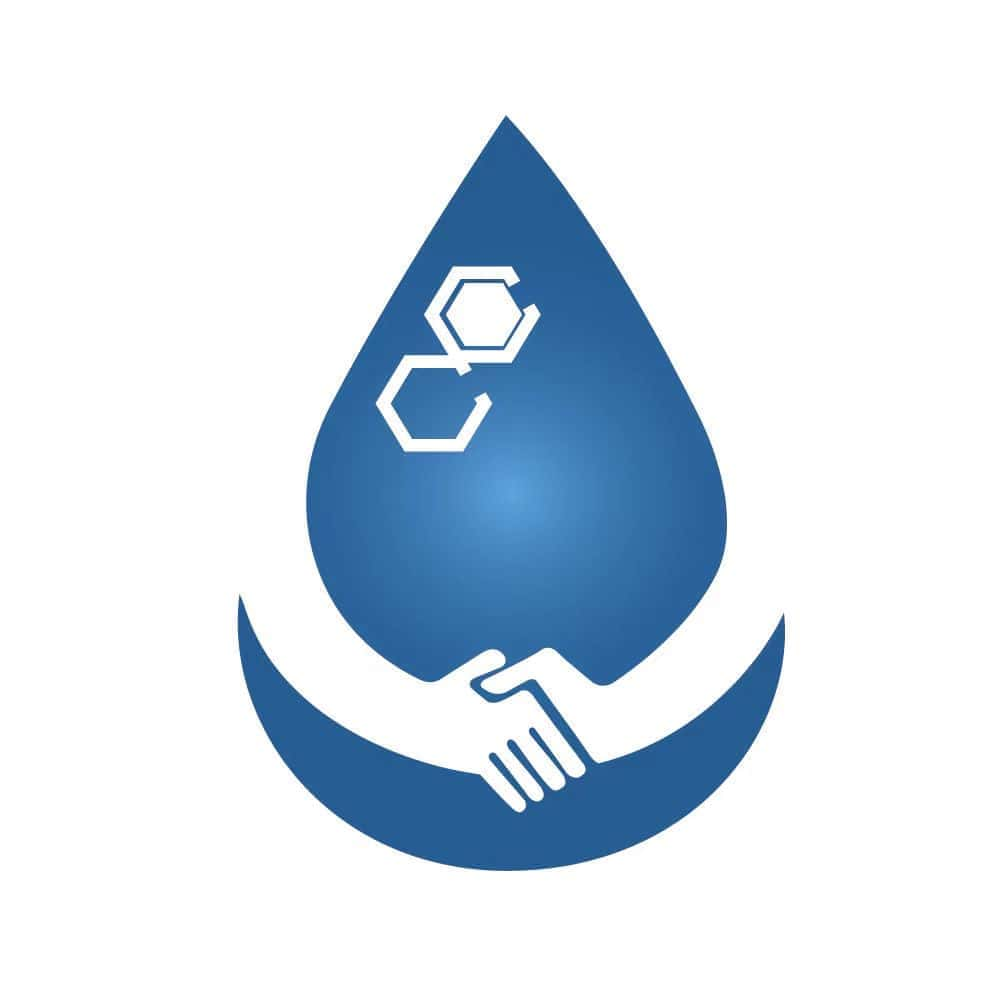
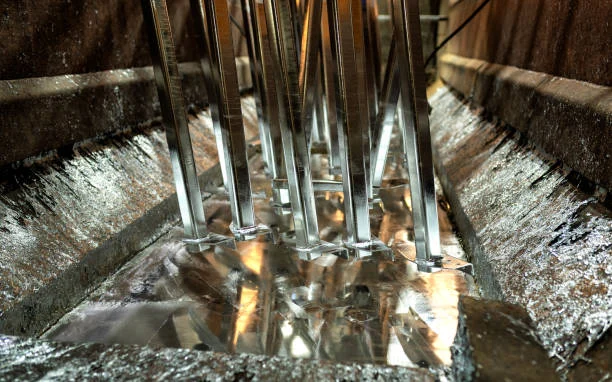
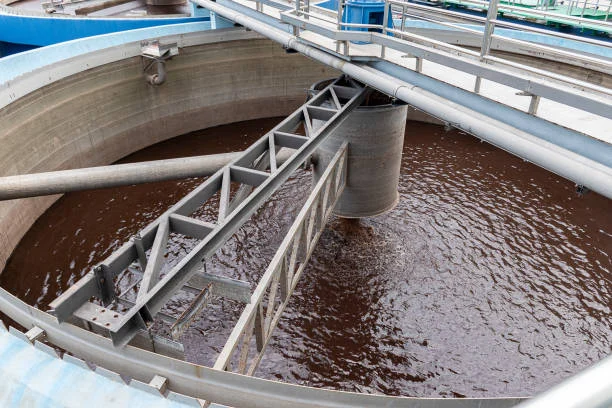
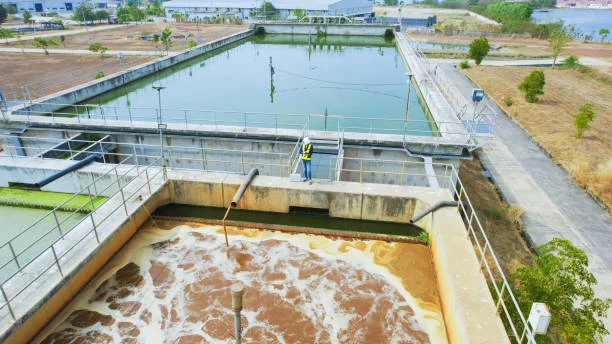
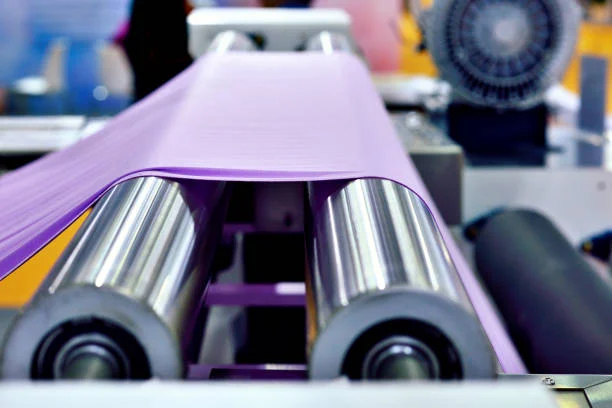
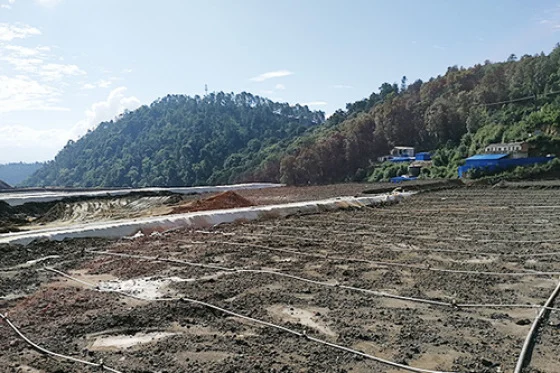
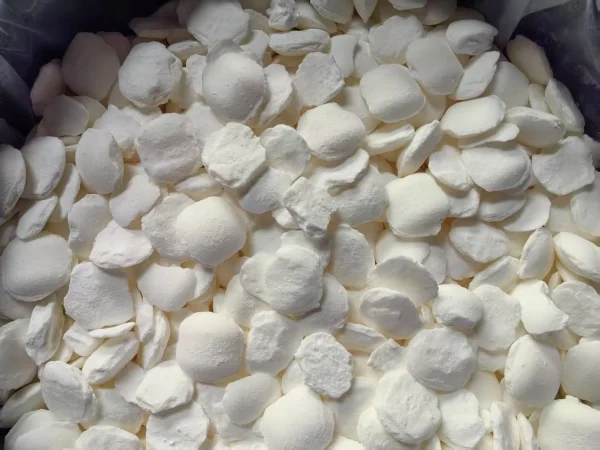
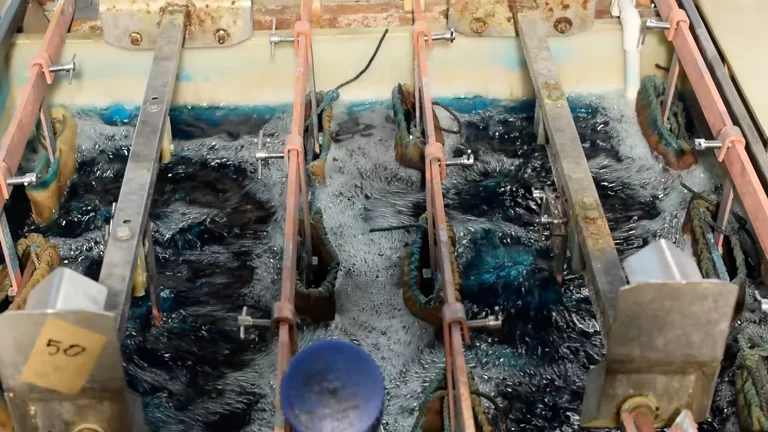



Online message consultation
Add comment: